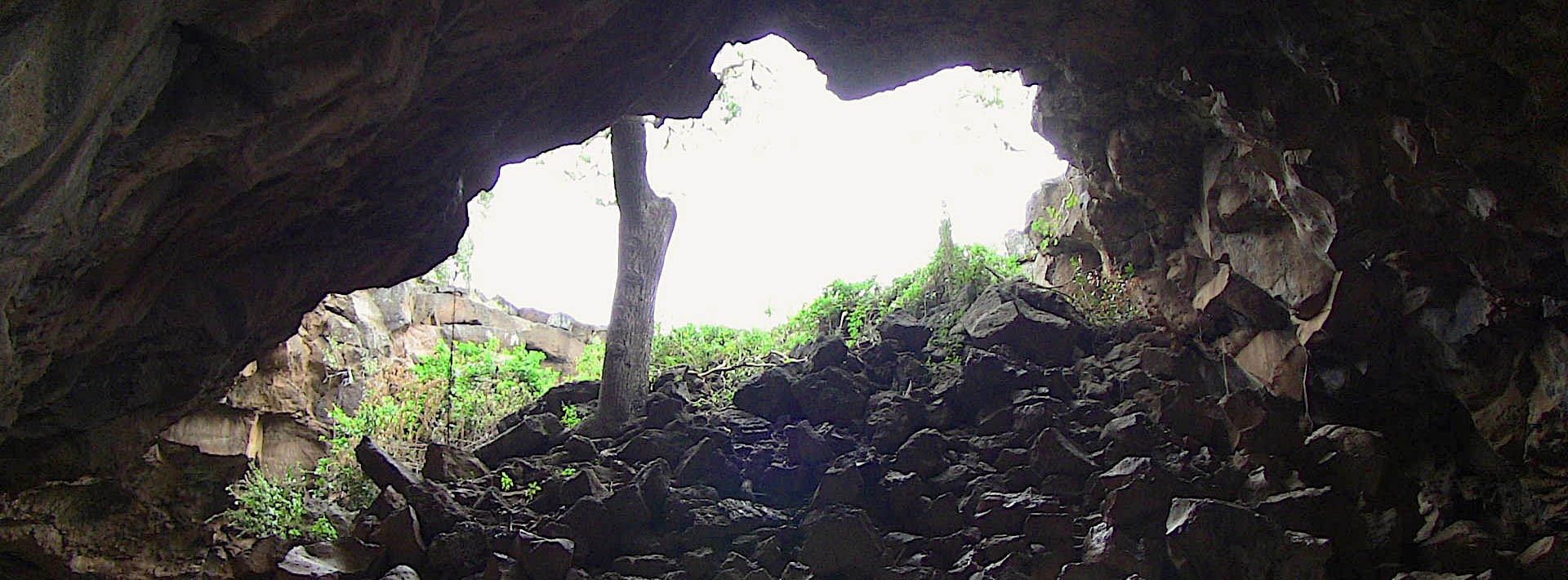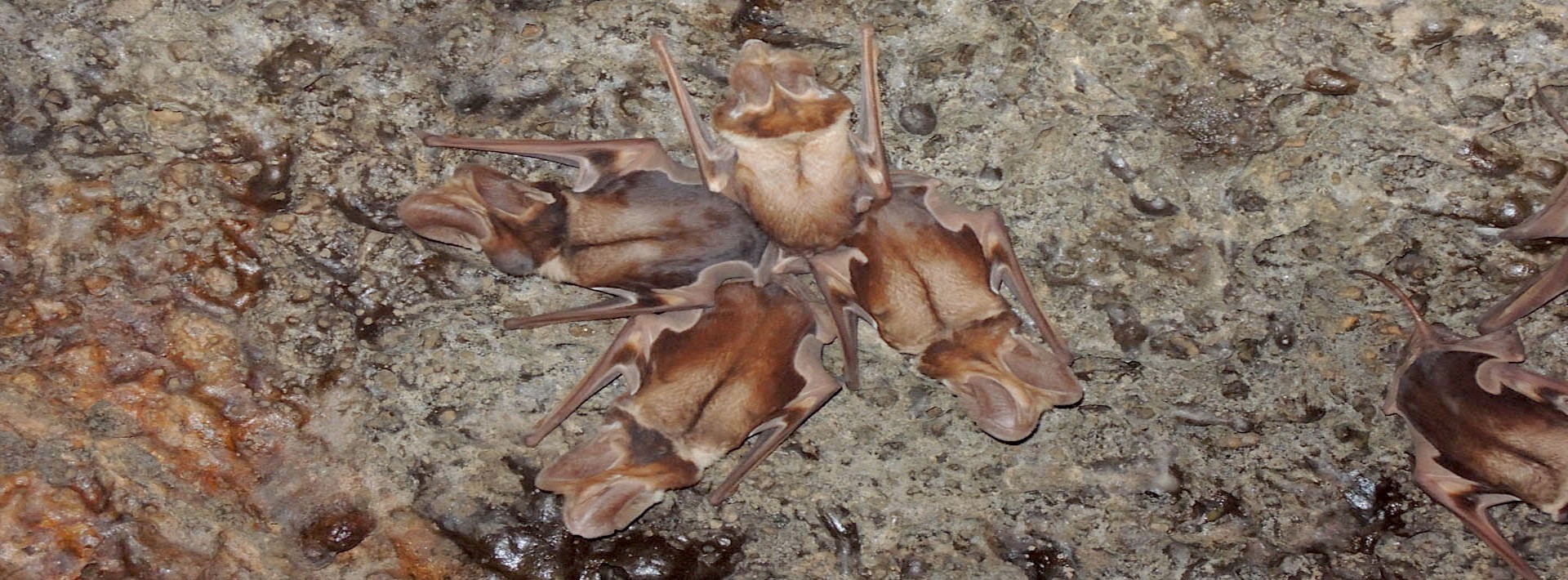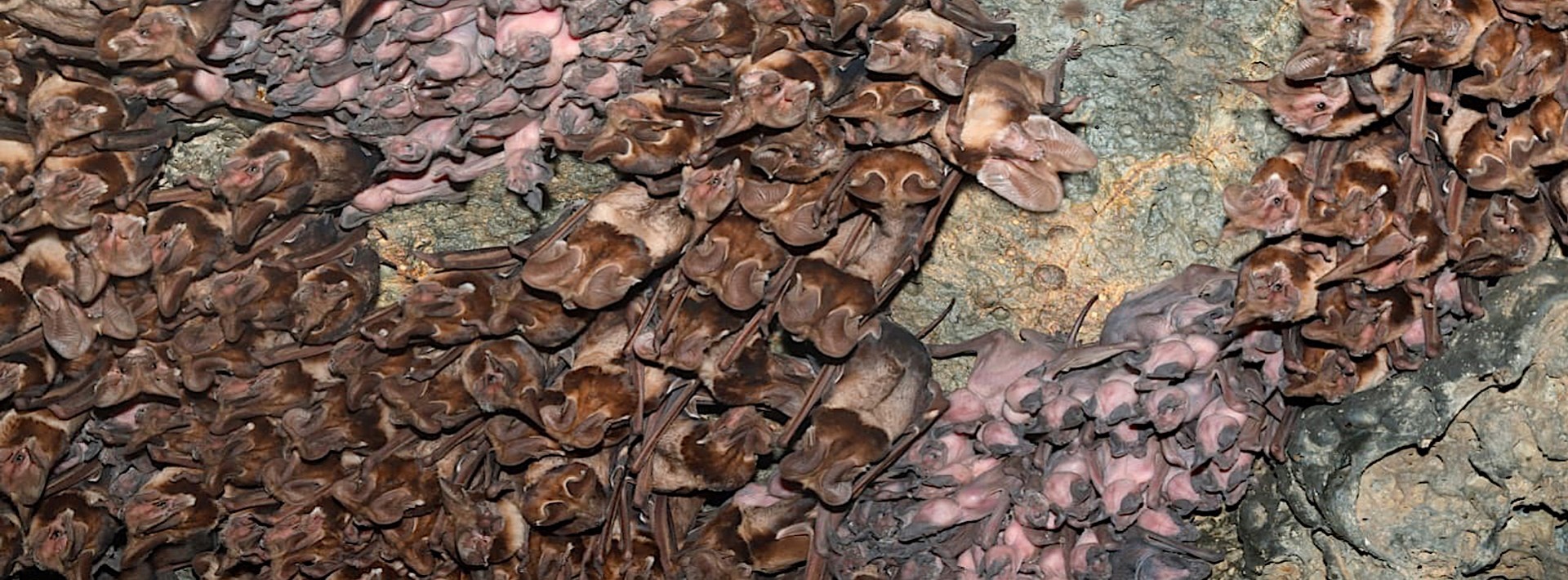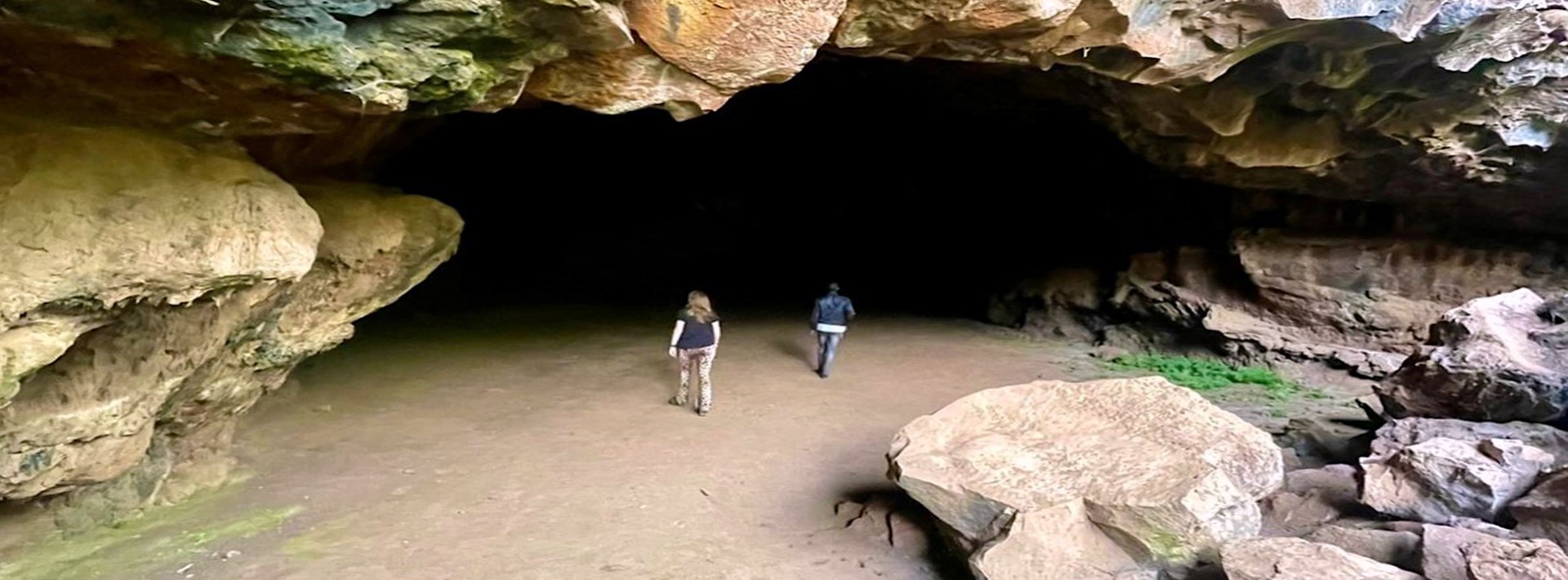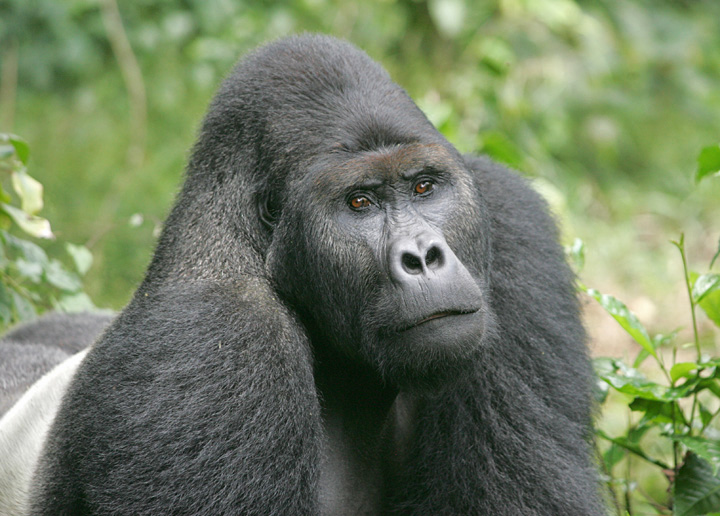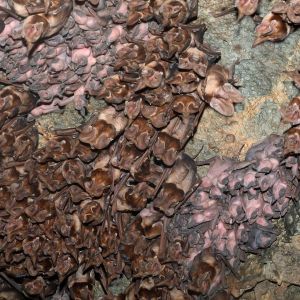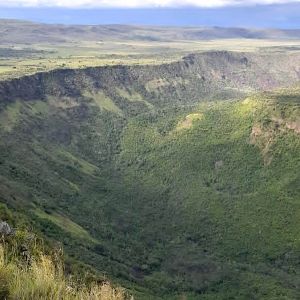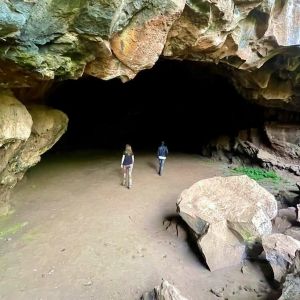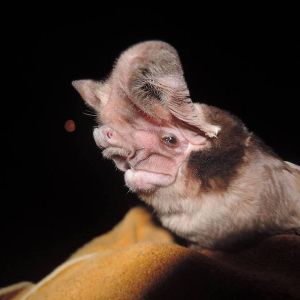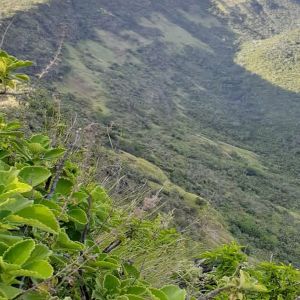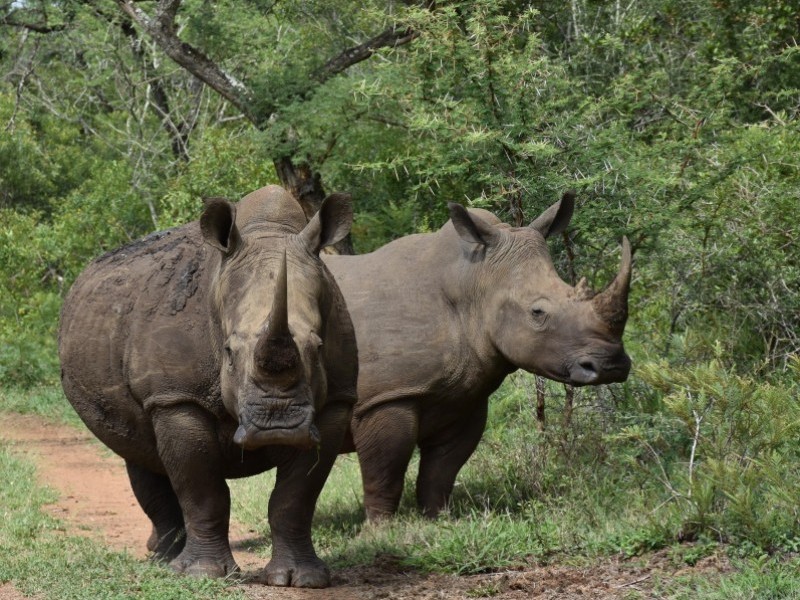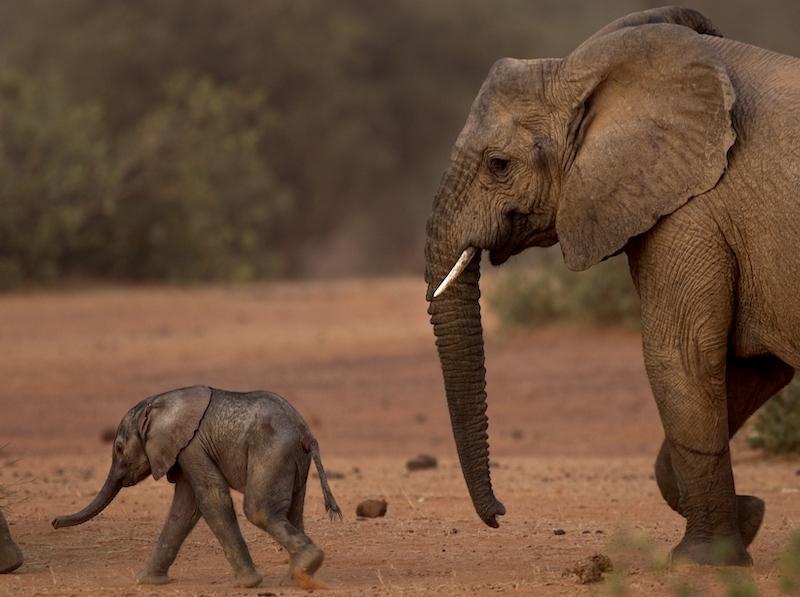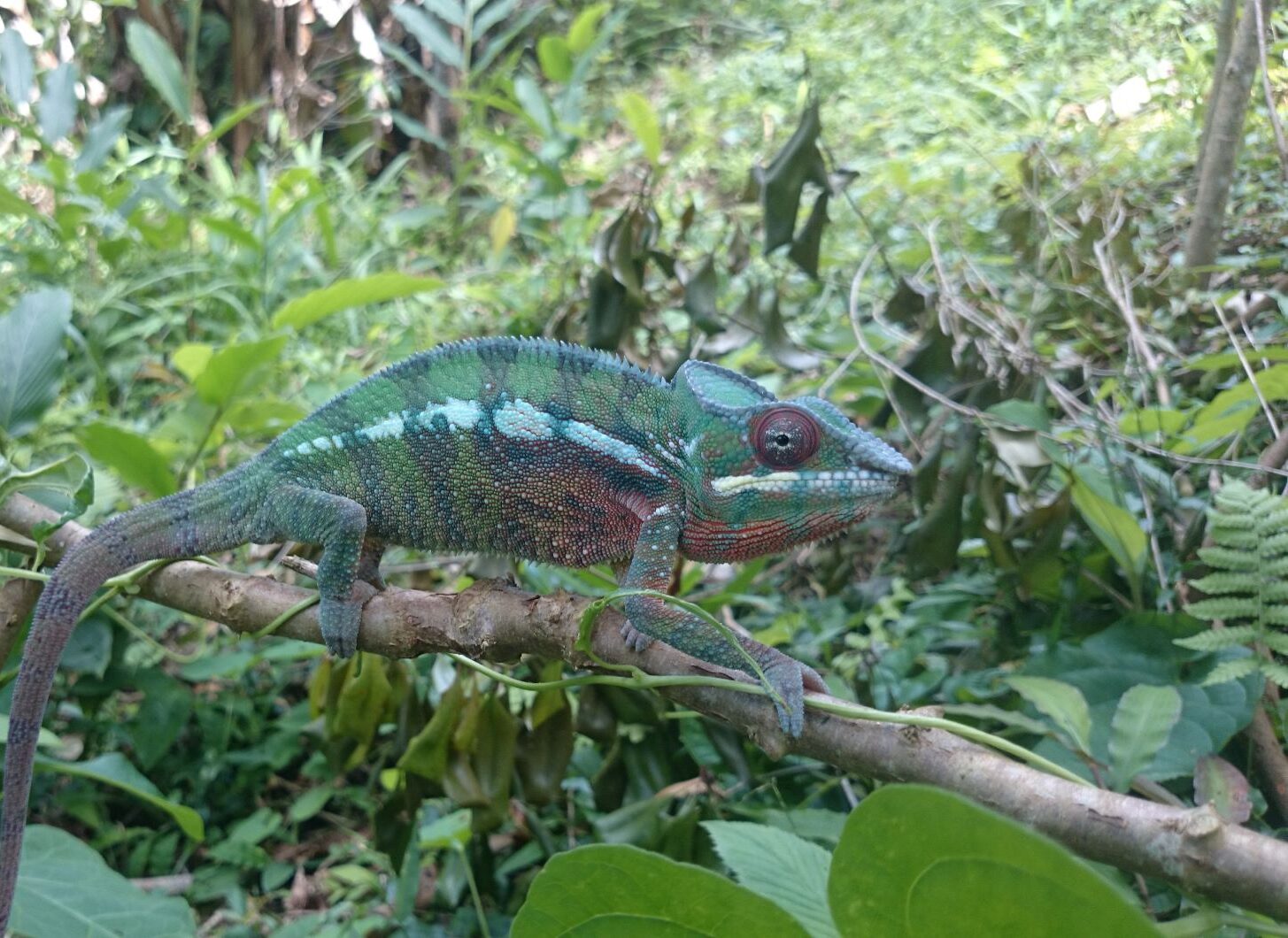Goal:
To conserve the Harrrison’s long-eared giant mastiff bat at its breeding caves on Mount Suswa and to restore the surrounding forests that the bats require for foraging on moths.
Conservation Value:
Harrison’s large-eared giant mastiff bat (Otomops harrisoni) was described as a new species in 2015 and is known from two locations in Kenya, one being Mount Suswa (2,356 meters), an iconic shield volcano. Conservation and protection of this species will benefit other cave-dwelling fauna as well as iconic species found in the surrounding area including zebras, giraffes, mongooses, turtles, hyenas and leopards.
Threats:
The globally Vulnerable Harrison’s large-eared giant mastiff bat roosts in the volcanic caves of the iconic Mount Suswa Conservancy, representing crucially important maternity colonies. This bat only gives birth to one pup per year and the species has declined rapidly since its discovery in 2015. These caves are being impacted by expanding ecotourism, harvesting of guano, and blocking of cave entrances. As well, uncontrolled clearing of the area’s forests for fuelwood and to create pasture impacts the bat’s foraging areas.
Actions & Results:
Our field partner, Angaza Vijiji is working with the Mount Suswa Conservancy, Maasai Mara University and the IUCN Bat Specialist Group, to investigate how bats use the Mount Suswa caves and their population status to improve management of the cave systems while promoting sustainable ecotourism and roost protection. We are engaging communities to promote and catalyze protection and restoration of local forests (5000 hectares) as foraging habitats for bats and for other economically and ecologically important species. Local farmers and pastoralits are receiving training on roost conservation, gating techniques, monitoring protocols, capitalizing on cooperative relationships to protect key roosts. Local guides are being trained as part of an education program for outdoor enthusiasts and local communities to increase understanding of the importance of conserving our target species and to increase visitation to the Conservancy. In 2024, surveys of local community members revealed that most people no longer fear bats as bad omens and are now aware of their conservation needs and their value within the ecosystem. The main breeding cave that is critically important to breeding Harrison’s great mastiff bats (CR) is now protected from disturbance and is off-limits and protected by bat guardians. We now know that this bat flies great distances each night to forage. Threats to bats from windfarms are being investigated.
Location:
50 km northwest of Nairobi on Mount Suswa volcano
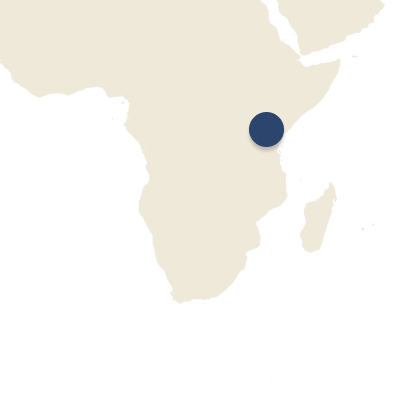
Size of Area Involved:
5,000 hectares
Project Field Partner:
Our Investment to Date:
Cost (2021-2024): CA$135,087
Budget in 2025 (Biome portion): US$20,000
Gallery
In More Depth...
Background
The globally Vulnerable Harrison’s giant mastiff bat uses the volcanic cave roosts of the iconic Mount Suswa Conservancy and its crucially important breeding colonies are now endangered. This is due to the expanding ecotourism, human disturbance and resulting pressures on the area’s forests which the bats need used for foraging on moths. Our project partner, in partnership with the Mt Suswa Conservancy, Maasai Mara University and the IUCN Bat Specialist Group, is establishing how bats use the Mount Suswa caves and assessing their population status to improve management of the cave systems while promoting sustainable ecotourism and roost protection. We are engaging communities to promote and catalyze protection and restoration of local forests (5,000 hectares) as foraging habitats for bats, other economically and ecologically important species, and for climate change mitigation. We are training local farmers and pastoralits on roost conservation, gating techniques, monitoring protocols, capitalizing on cooperative relationships to protect key roosts. Local guides are being trained as part of a robust education and awareness programme to outdoor enthusiasts and local communities to enhance messages about the conservation and benefits of our target species and to increase visitation to the Conservancy. With all the adverse publicity about bats because of COVID-19, this project gives confidence to the public, media and authorities (based on the international support for the project) that bats are safe and are vital to the future of Kenya.
